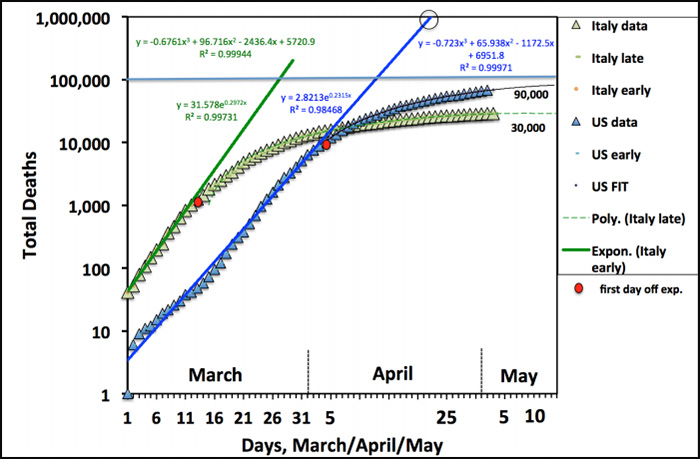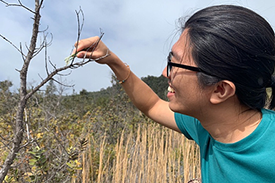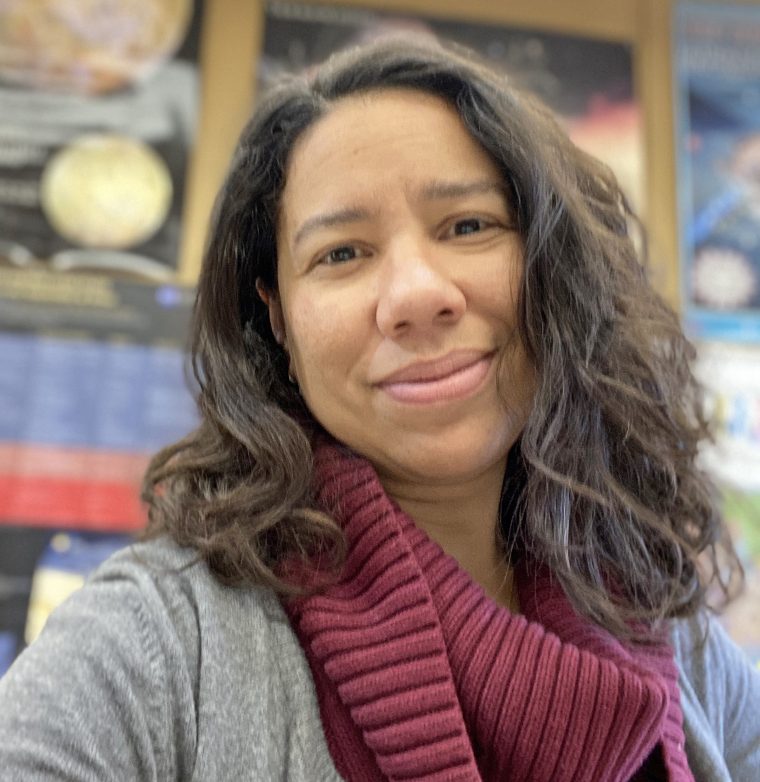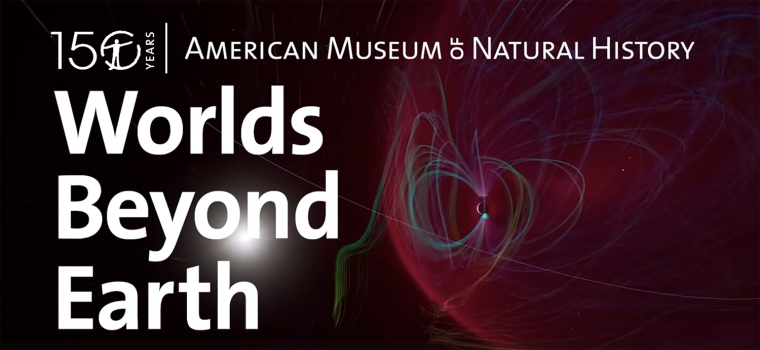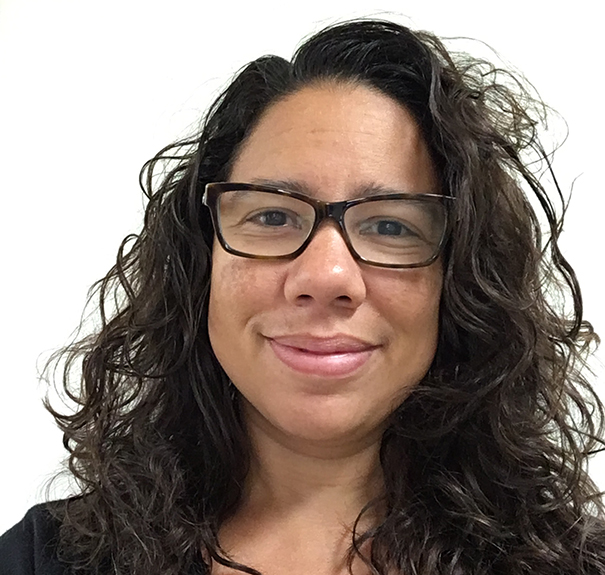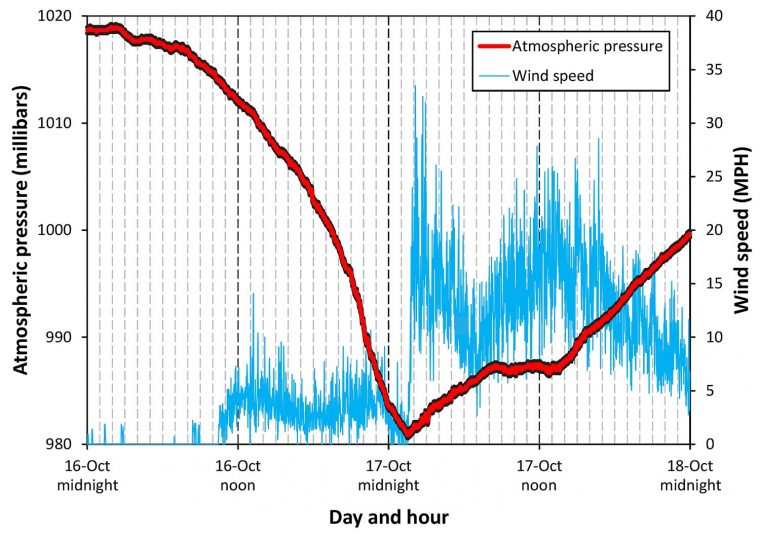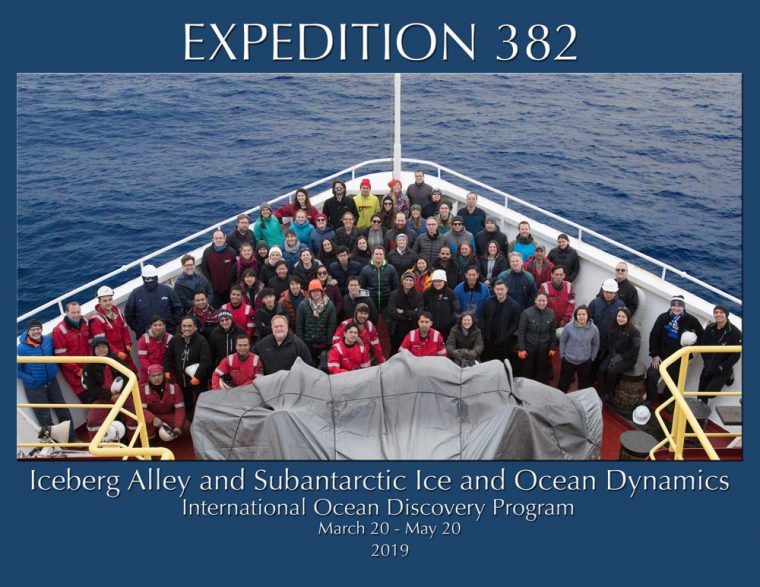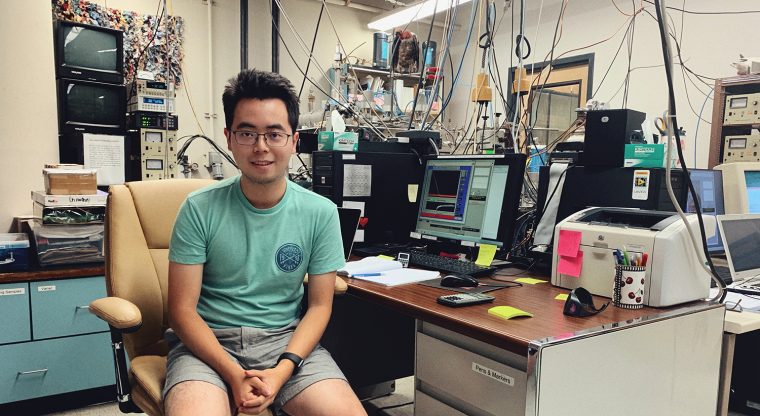Wesleyan's Board of Trustees recently announced the promotions of nine faculty members, effective July 1, 2020. Five faculty were conferred tenure with promotion. They join six other faculty members who were awarded tenure earlier this spring. Joslyn Barnhart Trager, associate professor of government Anthony Keats, associate professor of economics Andrew Quintman, associate professor of religion Michael Slowik '03, associate professor of film studies Takeshi Watanabe, associate professor of East Asian studies In addition, four faculty members are being promoted. They join one other faculty member who was promoted earlier this spring. Erika Franklin Fowler, professor of government Barbara Juhasz, professor…
Last March, Johan (Joop) C. Varekamp, Harold T. Stearns Professor of Earth Science, intended to teach an ore deposit and formation class in Italy; however, the COVID-19 pandemic caused him to stay near campus. Nevertheless, Varekamp kept a keen watch on Italy. With a fascination with the pandemic's wildfire spread, Varekamp began plotting coronavirus data from both the United States and Italy to see how their growth curves compared. "Infectious diseases follow initially exponential growth patterns until measures are taken to limit transmission or a vaccine becomes available," Varekamp said. "I wanted to know how disease propagation compares to population…
Sixteen earth and environmental science majors from the Class of 2020 recently conducted field research in Hawaii as part of their Senior Field Research course. The class, E&ES 498, is taught by Tim Ku, chair and associate professor of earth and environmental sciences, and Suzanne O'Connell, professor of earth and environmental sciences. The course is open to students who completed E&ES 497: Senior Seminar, and focuses on improving scientific research skills. Past classes have conducted research in Death Valley, Calif., the main island of Puerto Rico, the Connecticut River Valley, and the Big Island of Hawaii. The field research took…
Not one, but two spacecraft mission concepts co-developed by Martha Gilmore, George I. Seney Professor of Geology and professor of earth and environmental sciences, received second-round backing from NASA's Discovery Program on Feb. 13. Both concepts—which were awarded $3 million each—would assess whether Venus was ever a habitable planet by examining its landscape, rocks, and atmosphere. NASA's Discovery Program, now in its ninth year, funds investigations to develop concept studies for new missions. Although they’re not official missions yet, the selections focus on compelling targets and science that are not covered by NASA’s active missions or recent selections. Gilmore's projects…
Research conducted by a Wesleyan professor is part of a new space show at the American Museum of Natural History. Martha Gilmore, George I. Seney Professor of Geology and professor of Earth and environmental sciences, worked over the past year developing content for the new Hayden Planetarium Space Show Worlds Beyond Earth. The show opened on Jan. 21 as part of the museum's 150th anniversary celebration. "It’s amazing," Gilmore says. "The images that you see are all realistic. We even contacted some of the engineers for the Magellan spacecraft in order to understand exactly how the spacecraft imaged Venus in…
Martha "Marty" Gilmore, George I. Seney Professor of Geology, professor of earth and environmental sciences, is the author of a research article titled "Present-day volcanism on Venus as evidenced from weathering rates of olivine," published in Science Advances Vol. 6 on Jan. 3, 2020. According to the paper's abstract: At least some of Venus’ lava flows are thought to be <2.5 million years old based on visible to near-infrared (VNIR) emissivity measured by the Venus Express spacecraft. However, the exact ages of these flows are poorly constrained because the rate at which olivine alters at Venus surface conditions, and how that…
(By Kayleigh Schweiker '22) As scientific study regarding the mass extinction of marine life during the Cretaceous era has progressed, theories including extraterrestrial impact and intense volcanism have surfaced. However, a recent study co-authored by Ellen Thomas, Harold T. Stearns Professor of Integrative Sciences, suggests that carbon impact—not volcanism—was key in driving the Cretaceous mass extinction. In a paper titled "Rapid ocean acidification and protracted Earth system recovery followed the end-Cretaceous Chicxulub impact," which was published in the Oct. 21 issue of the Proceedings of the National Academy of Sciences (PNAS), Thomas and her colleagues discuss how increases in ocean…
Martha Gilmore, the George I. Seney Professor of Geology, professor of earth and environmental sciences, believes we have a lot to learn from studying Venus—yet the United States has not sent a mission to the Earth-sized planet since the early 1990s. That’s why Gilmore has proposed a major flagship mission concept study to assess whether Venus was ever a habitable planet by looking at its rocks and atmosphere. In October, NASA agreed to fund the planetary mission concept on Venus submitted by Gilmore, a planetary geologist, and colleagues at several other institutions, who come from varied disciplines. Gilmore, who is…
On Oct. 17, the Wesleyan Weather Station recorded a dramatic drop in atmospheric (barometric) pressure—a drop so severe it compared to one from Hurricane Sandy in November 2012. Between 2 a.m. on Oct. 16 and 2 a.m. on Oct. 17, the pressure dropped from 1020 to 980 millibars, resulting in what meteorologists refer to as bombogenesis or a "bomb cyclone." Bomb cyclones are defined by a drop of more than 24 millibars of pressure over less than 24 hours, and here, the pressure dropped 40 millibars. During Hurricane Sandy the pressure also dropped to 980 millibars. "We've looked through the…
Wesleyan faculty frequently publish articles based on their scholarship in The Conversation US, a nonprofit news organization with the tagline “Academic rigor, journalistic flair.” Professor of Earth and Environmental Sciences Suzanne O'Connell has written a new article for The Conversation's "Curious Kids" series answering the question "How deep is the ocean?" The article is based on her research studying the sea floor. Curious Kids: How deep is the ocean? Explorers started making navigation charts showing how wide the ocean was more than 500 years ago. But it’s much harder to calculate how deep it is. If you wanted to measure the…
As campus was winding down for spring break last semester, Professor of Earth and Environmental Sciences Suzanne O’Connell was packing her bags for a two-month expedition in the Scotia Sea, just north of the Antarctic Peninsula, to drill for marine sediment miles below the ocean waves. On her ninth expedition since 1980, O’Connell was one of 30 international scientists working 12 hours a day, seven days a week, navigating “Iceberg Alley” aboard the JOIDES Resolution research vessel. It is the only ship in the world with coring tools powerful enough to extract both soft sediment and hard rock from the…
For two weeks this summer, Donglai Yang ’21 used isotope dating of rocks, minerals, and sediments from the Weddell Sea near Antarctica to determine the age of a section of Earth's southernmost continent. Yang, an earth and environmental sciences and physics double major, was selected as one of 10 undergraduate and graduate students from around the world to participate in the National Science Foundation–sponsored Antarctichron/Chronothon 2019 workshop held June 24 to July 8 at the University of Arizona. The workshop introduced participants to geo- and thermochronology through some applications to the geology of Antarctica. Students learned to analyze and interpret their own…


